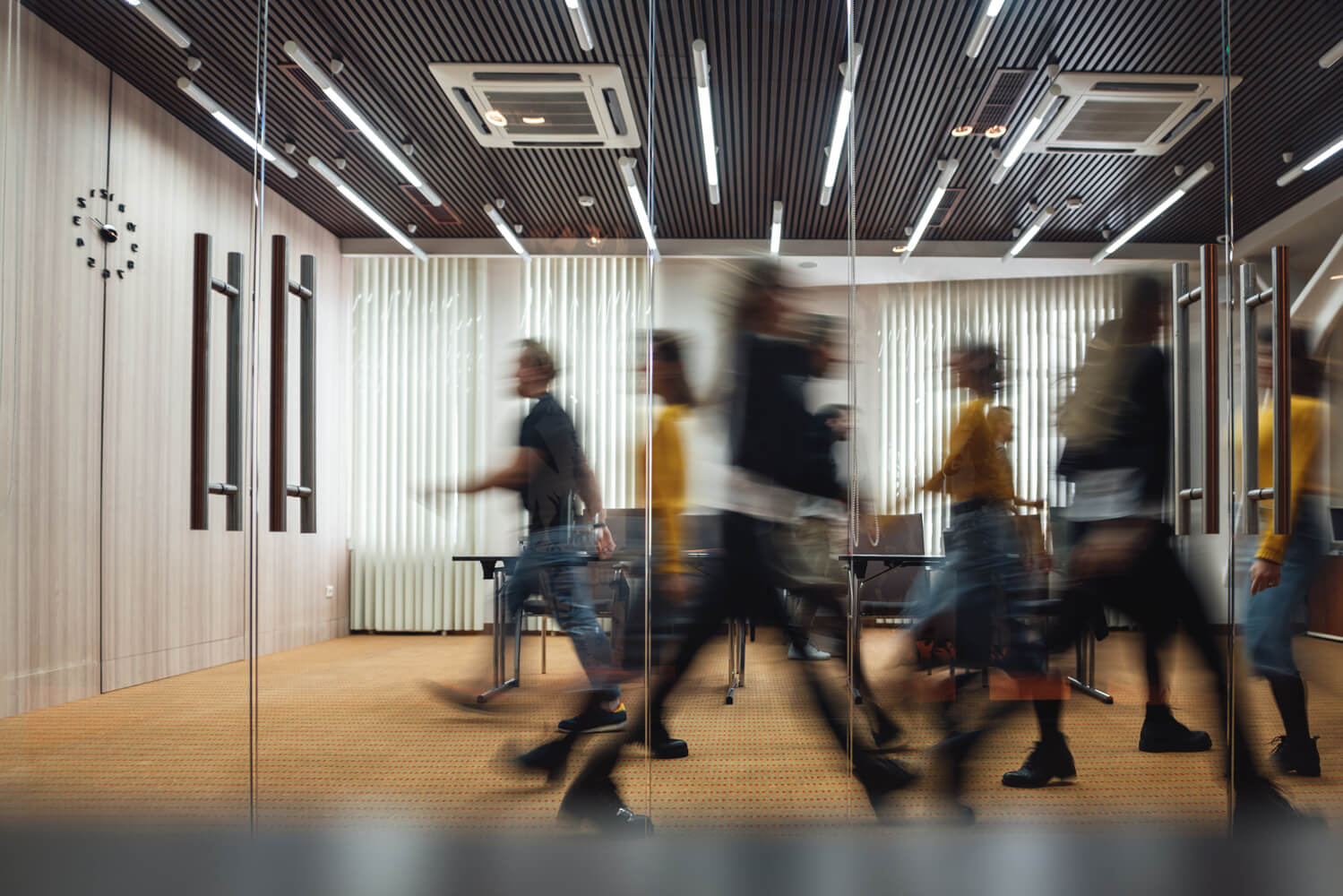What’s with all the “Bleeping” Beeping?


Keeping Calm in Sensitive Environments
Time after time in both empirical and intuitive findings, the physical environment is shown to play a huge role in patient and caretaker experience in healthcare. Caused by a combination of a fear of increased first-time costs and higher complexities along with the silo effect of many different specialty systems, facilities today are typically some of the harshest environments we encounter, which greatly leads to increased stress, increased stay duration and decreased ability to cope with hardships (Rashid, Zimring). At BranchPattern, our purpose is Improving Life through Better Built Environments, and we are exploring fixes to these challenges.
Alarms (aka, all that beeping!)
If you have spent any time in a healthcare environment, especially critical and long-term care, you know the beeping is almost omnipresent. This constant state of alarm fatigue has grown to staggering proportions. A recent study (Drew et. al.) has shown 12,671 arrhythmia alarms in a single month at a single facility.This increased stress state leads to not only the increase stay durations noted above, but decreased nurse tenure, having to spend their working hours in these environments.
Paying attention to the acoustical treatments of healthcare spaces can vastly decrease the severity and harshness of those alarms. The critical component is finding product that both fits in the budget and maintains a high “cleanability.”

Systems
In that same study, it was found that 89% of those alarms were false alarms, which leads to the patients and staff routinely ignoring or at least not giving timely attention to these alarms. What if all the separate systems started tying into each other, i.e. medical device alarms linked with nurse call systems, to give localized notifications only to the responsible nurse, not the entire wing? Through looking at the specialized systems in a less silo-ed way, we have the potential in giving more detailed and usable information.
Daylighting
Studies show that both daylighting in patient recovery rooms contribute to shorter recovery times for patients. What’s the right layout for optimal patient recovery rooms? Based on research, it depends on what types of patients are recovering.
For instance, bipolar depressed patients in east facing rooms where they are brightly lit in the morning, stayed a 3.67 less days, compared to those that stayed in similar west facing rooms according to a study done by researchers at University of Hanyang. A different study highlighted in Psychosomatic Medicine Magazine showed the impacts of daylighting on cervical and lumbar surgery recoverees. Which indicates that patients on the south side of a building, where 46% greater sunlight intensity is present, reported less stress, pain, 22% less medication, and had 21% medication cost, compared to those on the north side of the building.
These are just two examples of a multitude of studies indicating the impacts of daylighting on health and wellness. One question to ask is, “can my building be designed in a way that would improve occupant behavior, comfort, or in this case recovery time?” If you’re not sure, let our team of analysts optimize a hospital patient recovery room for your specific occupants.
Conclusion
These are just a few examples of a multitude of studies indicating the impacts of building systems on health and wellness. One question to ask is, “can my building be designed in a way that would improve occupant behavior, comfort, or, in this case, recovery time?” If you’re not sure, let our team of analysts optimize a hospital patient recovery room for your specific occupants. Give us a call at 800.200.9160 or email info@branchpattern.com
Sources:
“A Review of the Empirical Literature on the Relationships Between Indoor Environment and Stress in Health Care and Office Settings” Mahbub Rashid and Craig Zimring, 2008.
“Insights into the Problem of Alarm Fatigue with Physiologic Monitor Devices: A Comprehensive Observational Study of Consecutive Intensive Care Unit Patients” Drew et al, 2014.
“The Daylighting Effects in Hospital for Healing Patients” Ju-Yoon Lee, 2007
“The effect of sunlight on postoperative analgesic medication usage: A prospective study of spinal surgery patients.” Walch JM, Rabin BS, Day R, Williams JN, Choi K and Kang JD, Psychosomatic Medicine 2005.






View More Resources
Benefit from our expertise



